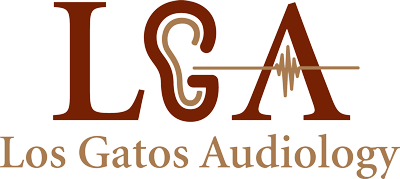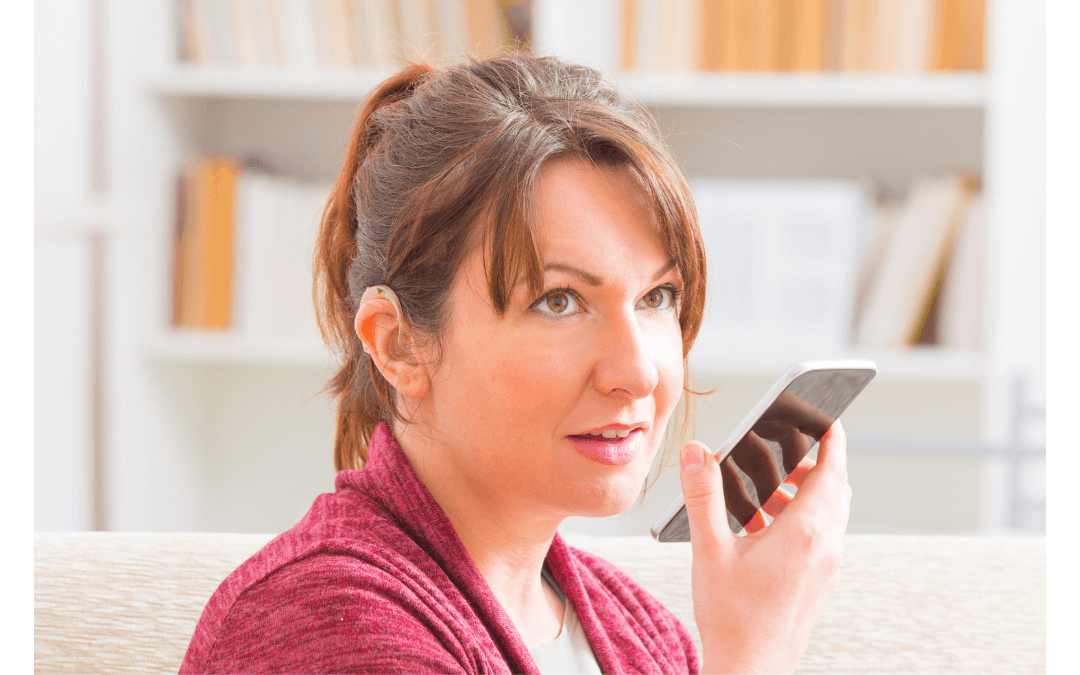In the pursuit of optimal hearing experiences, the synergy between hearing aids and assistive listening devices (ALDs) creates enhanced auditory well-being. Understanding the compatibility between these devices is pivotal for individuals seeking personalized solutions. In this exploration, we delve into the seamless integration of hearing aids with various assistive listening devices, unraveling the possibilities that await with warmth and professionalism.
Assistive Listening Devices Unveiled
Assistive listening devices encompass a spectrum of technologies designed to supplement and enrich hearing experiences. These devices are not substitutes for hearing aids but rather complementary tools that enhance specific aspects of communication and accessibility. Common ALDs include personal amplifiers, FM systems, loop systems, and captioned telephones.
Synchronizing with Personal Amplifiers
Personal amplifiers are compact devices that amplify sound in specific situations, such as one-on-one conversations or small group settings. These devices are beneficial for individuals who may not require full-time hearing aids but seek assistance in specific listening scenarios. Many hearing aids are compatible with personal amplifiers, allowing users to seamlessly integrate these devices into their hearing care toolkit.
FM Systems for Clearer Communication
FM systems, commonly used in educational and public settings, transmit audio signals directly to an individual’s hearing aids. This technology is particularly advantageous in environments with background noise or distant speakers. Hearing aids equipped with FM compatibility enable wearers to connect effortlessly to FM systems, enhancing speech clarity and reducing the impact of ambient noise.
Loop Systems for Accessibility
Loop systems utilize electromagnetic fields to transmit audio signals directly to hearing aids equipped with telecoil (T-coil) technology. This method is widely employed in public spaces, theaters, and meeting venues. Hearing aids with T-coil compatibility allow users to tap into loop systems seamlessly, providing a direct and clear audio feed.
Captioned Telephones for Visual Support
Captioned telephones display real-time captions of phone conversations, offering a visual aid for individuals with hearing loss. Hearing aids with telecoil technology or Bluetooth connectivity can be paired with captioned telephones, ensuring a synchronized and accessible telephone experience.
Bluetooth Connectivity for Modern Integration
The integration of Bluetooth technology in hearing aids has revolutionized compatibility with a wide array of devices. Bluetooth-enabled hearing aids can connect wirelessly to smartphones, tablets, and smart TVs, offering users a versatile and modern listening experience. This connectivity extends to other Bluetooth-enabled devices, providing seamless integration with the digital world.
Customizing Settings for ALD Compatibility
Many modern hearing aids offer customizable settings to enhance compatibility with ALDs. Wearers can work with their hearing care professionals to adjust settings such as microphone directionality, noise reduction, and sensitivity to optimize the performance of hearing aids when used in conjunction with assistive listening devices.
Exploring Multifunctional Devices
Advancements in hearing aid technology have led to the development of multifunctional devices that combine hearing aid features with assistive listening capabilities. These devices consolidate the benefits of hearing aids and ALDs, offering users a comprehensive solution in a single device.
The dynamic compatibility between hearing aids and assistive listening devices creates a harmonious fusion, enriching the lives of individuals with hearing challenges. Whether it’s the amplification support of personal devices, the clarity provided by FM systems, or the connectivity offered by Bluetooth technology, the possibilities are vast. As we navigate compatibility, individuals can find a personalized blend that resonates with their unique hearing needs. In embracing the evolving landscape of hearing care, the integration of hearing aids with assistive listening devices heralds a future where auditory well-being is not just a goal but a harmonious reality.


